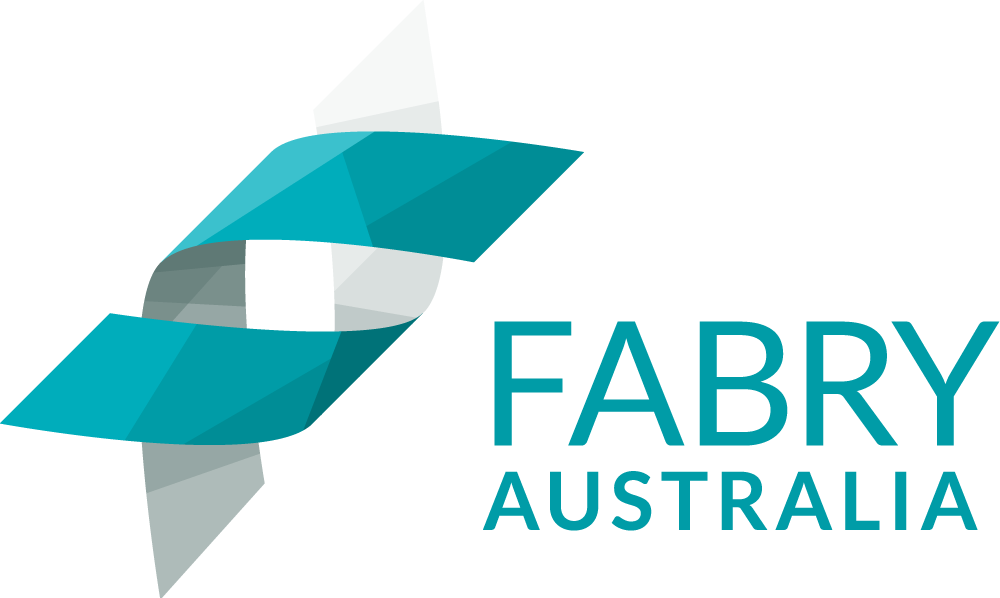Treatment
Treatment & Management
There is currently no cure for Fabry disease, but there are treatment options that can help with symptom management, slow the progression of the disease and improve quality of life. In Australia there are three treatments approved by the TGA (Therapeutic Goods Administration) which are funded by the Federal Department of Health’s Life Saving Drugs Program or LSDP.
Enzyme Replacement Therapy
Enzyme Replacement Therapy (ERT) is a medical treatment replacing an enzyme in patients in whom that particular enzyme is deficient or absent. In the case of Fabry disease, the enzyme that is deficient is called α‐galactosidase A (α‐Gal A) enzyme. Enzyme replacement therapy does not affect the underlying genetic defect, but increases the concentration of enzyme in which the patient is deficient. ERT implies life-long treatments with regular and frequent intravenous infusions of enzyme biweekly throughout the patient’s life. There are two Enzyme Replacement Therapy drugs subsidised through the Australian Government’s Life Saving Drugs Program (LSDP) for the treatment of Fabry disease. The generic names for these drugs are agalsidase alfa and agalsidase beta. The trade names for these drugs are Replagal® and Fabrazyme®. ERT was approved in Australia for the treatment of Fabry disease in 2004 and should be considered in all patients with documented Fabry disease, of any age and either sex, who meet disease-specific criteria.
The most recent clinical guidelines and criteria for the use of ERT in Australia can be read in detail here


Oral Chaperone Therapy
Migalastat is an oral monotherapy (tablet) for Fabry disease patients with genetic mutations that are amenable to this chaperone therapy. Many individuals with Fabry disease make some a-Gal A enzyme that is capable of degrading substrate. However, because of a genetic mutation, the produced enzyme is not effectively delivered to lysosomes to reduce GL-3.
As a monotherapy, migalastat is an oral, small molecule drug designed to bind to, and stabilize the a-Gal A that is made in the patient’s own cells, with the intention of enabling its trafficking to lysosomes (designed to act as a “pharmacological chaperone”). Once delivered to lysosomes, the a-Gal A enzyme can degrade the accumulated GL-3. This approach is designed for patients with amenable mutations that are capable of responding to oral migalastat as a monotherapy treatment on the basis of their genotype. It is thought that 35-50% of patients with Fabry have an amenable mutation. Migalastat Monotherapy was approved as a safe and effective therapy by the EMA (European Medicines Agency). From 1 November 2018, Galafold® (migalastat) will be listed on Australia’s Life Saving Drugs Program (LSDP) for the long-term treatment of patients 16 years and older with a confirmed diagnosis of Fabry disease, who have an amenable mutation.
The criteria for receiving funded Galafold® (migalastat) treatment via the Life Saving Drugs Program is on the Department of Health website link here
You can learn if your mutation is amenable by asking your Fabry specialist.
Emerging Therapies
Emerging Therapies
Research is ongoing and new therapies are currently under development. To learn more about which clinical studies are happening for Fabry disease go to www.clinicaltrials.gov Please subscribe to our E Newsletter which lists latest information and ask your Fabry Clinic for further information.


Substrate Reduction Therapy
Gene Therapy

